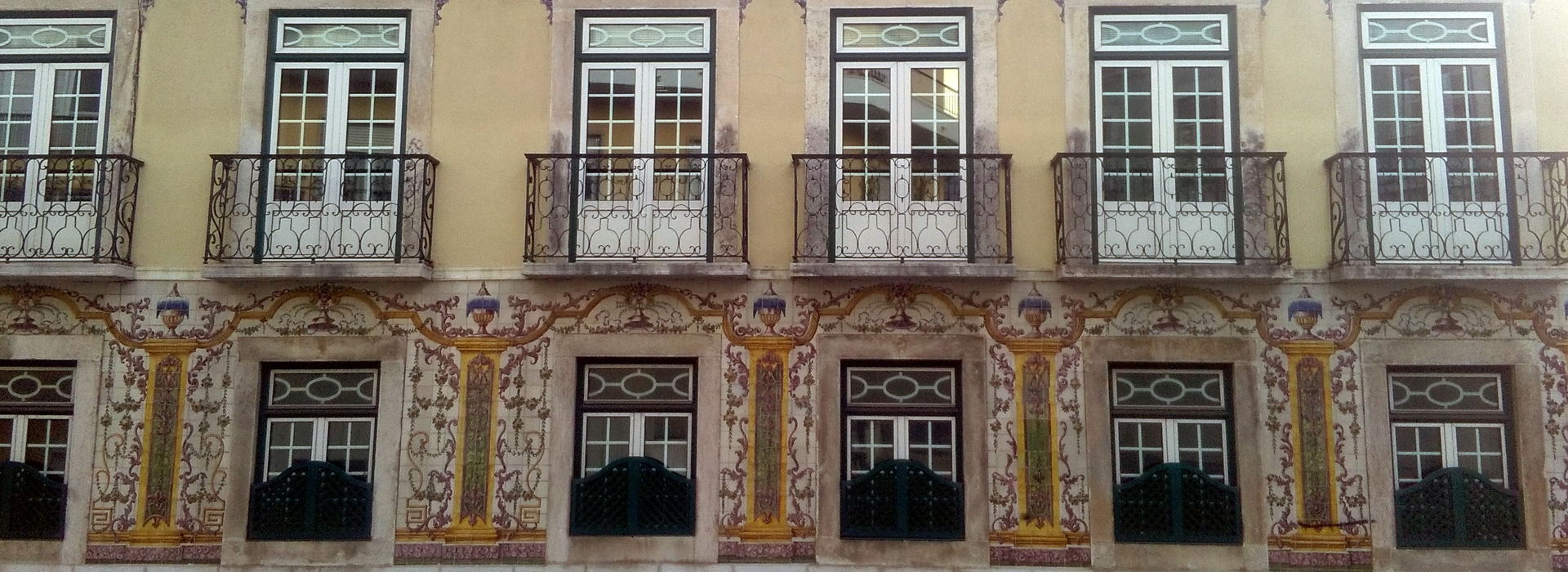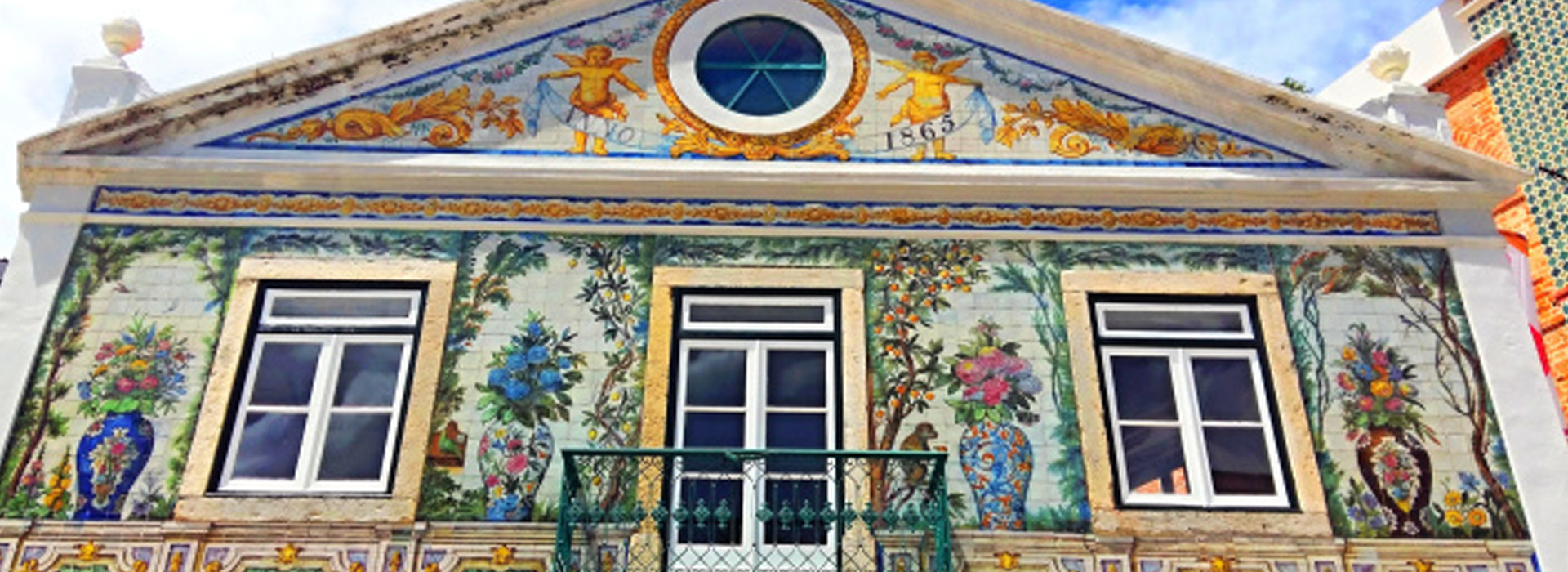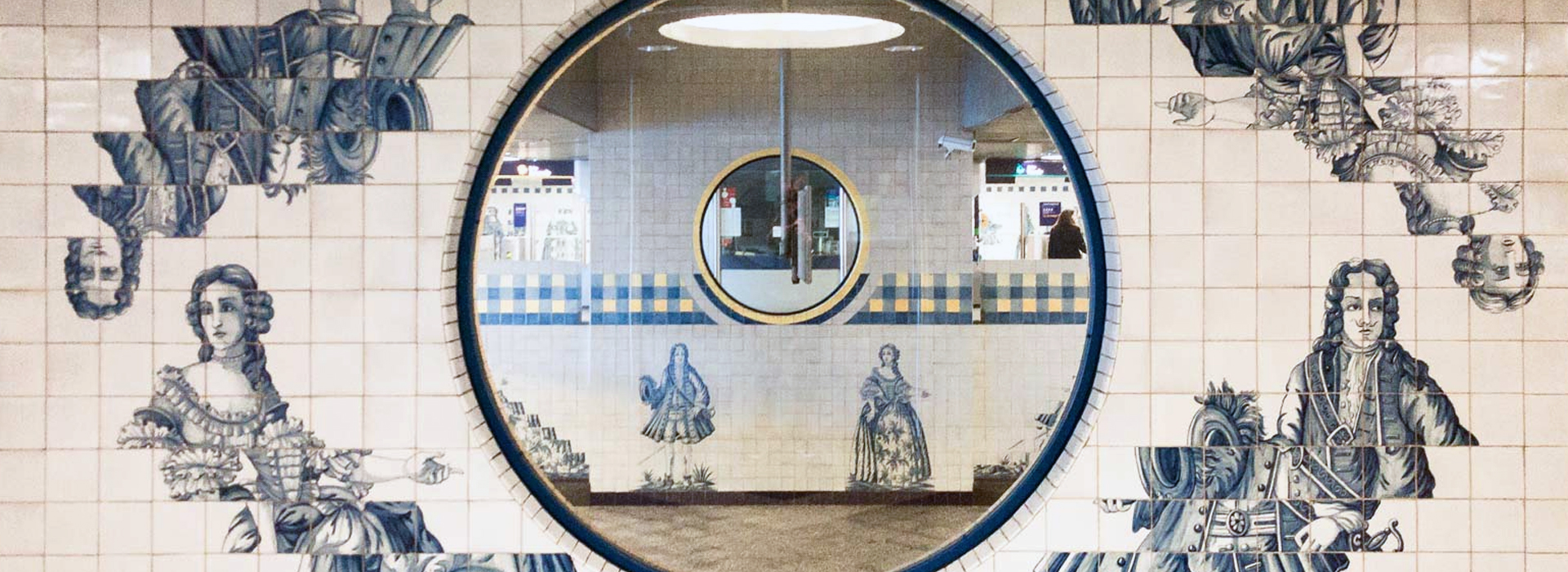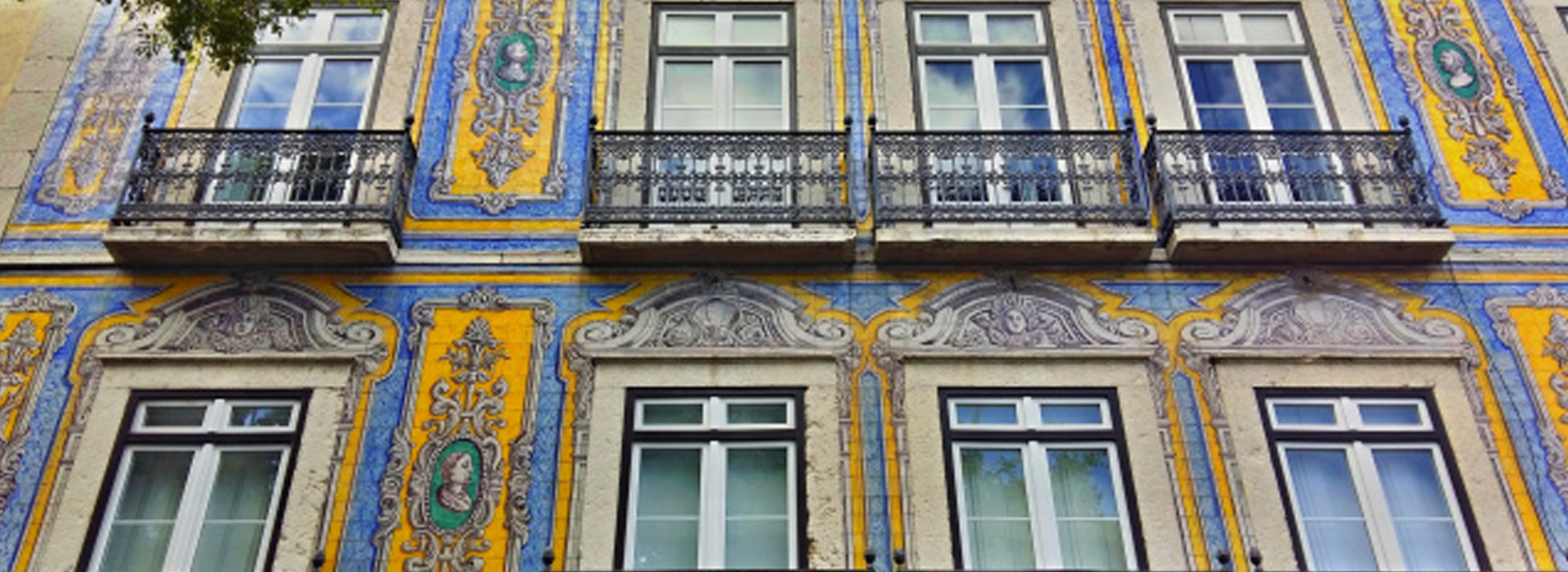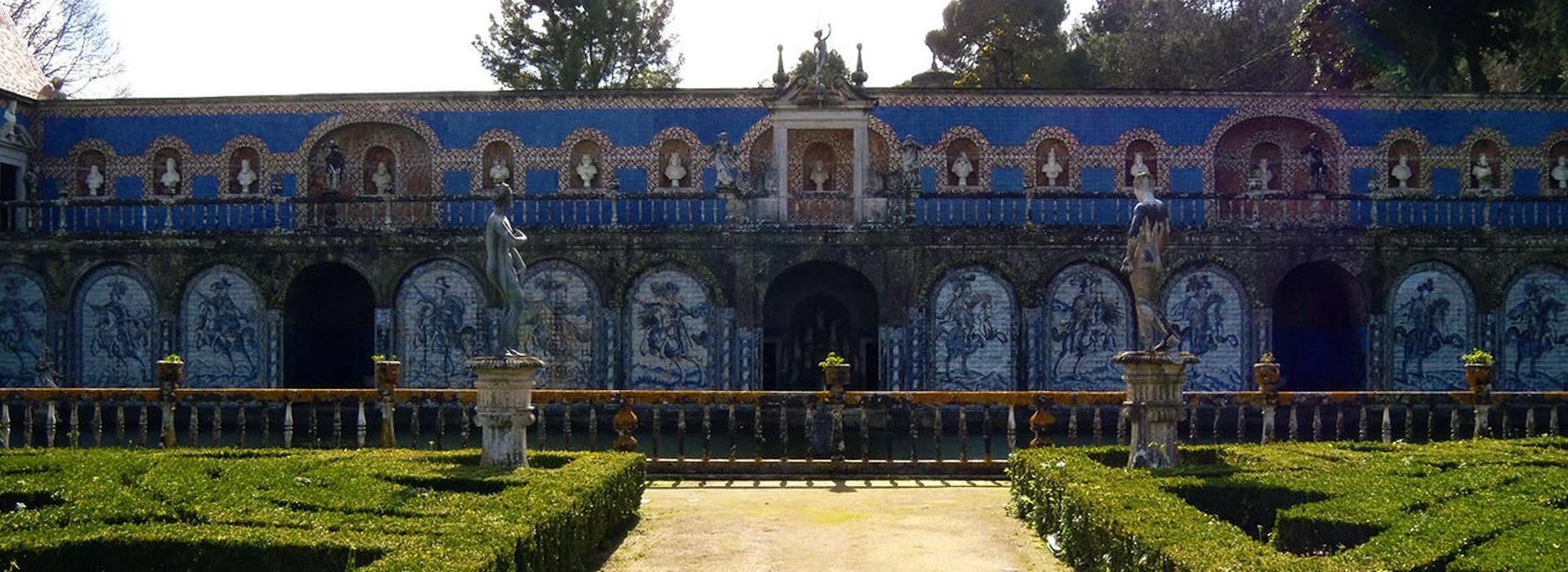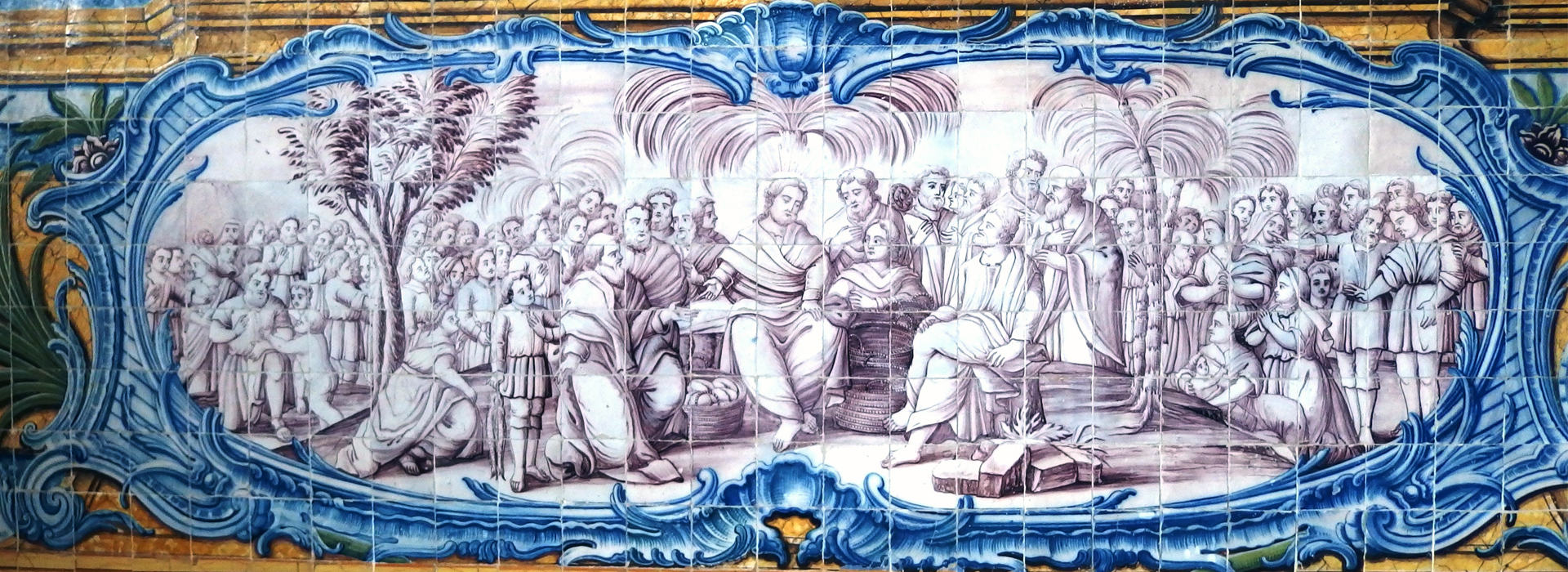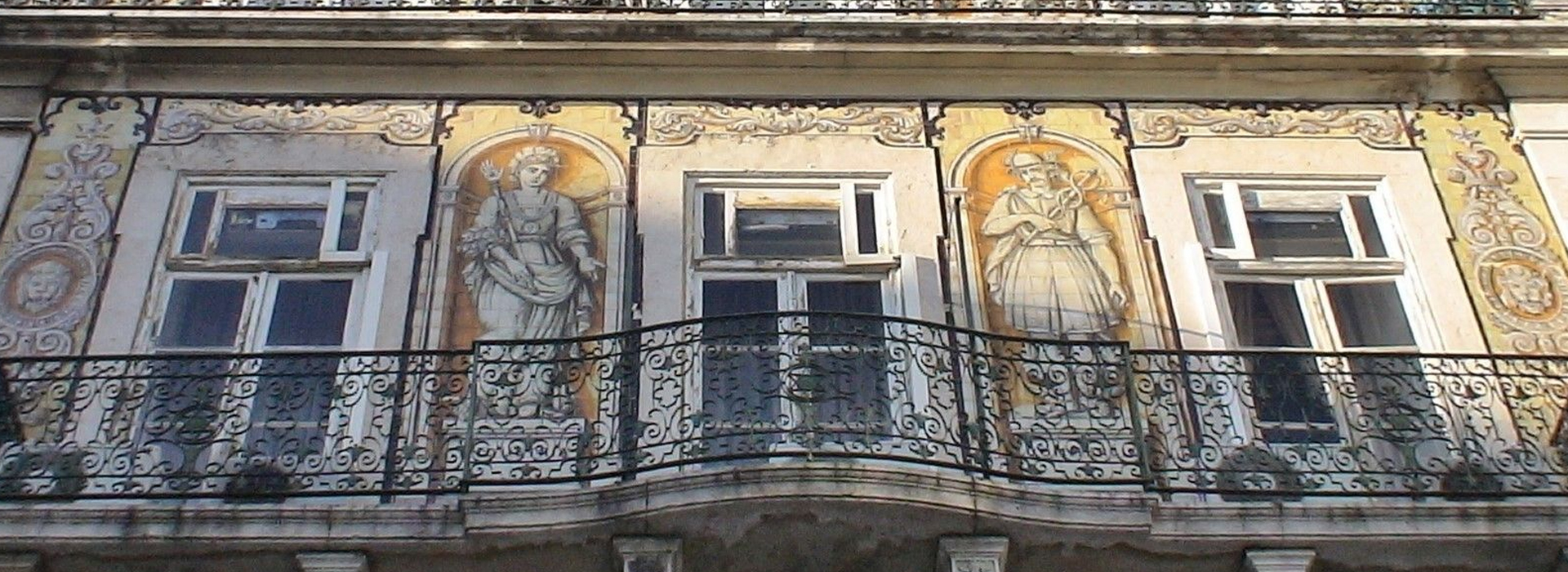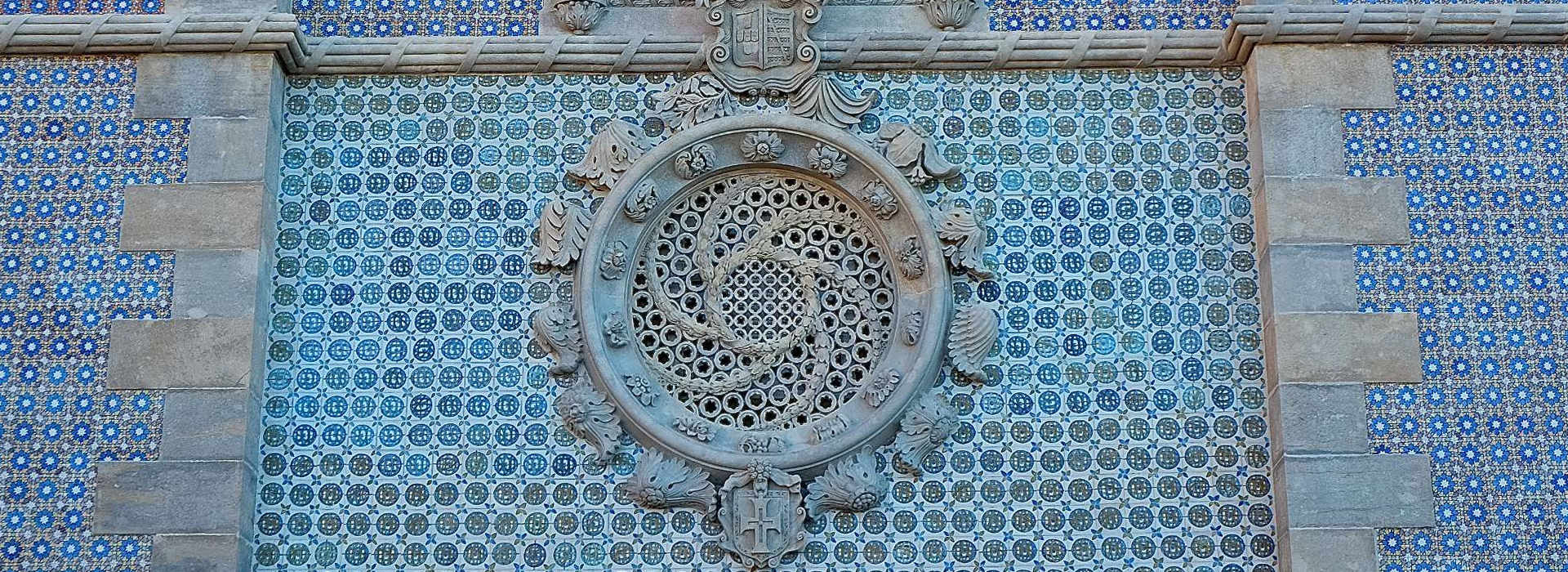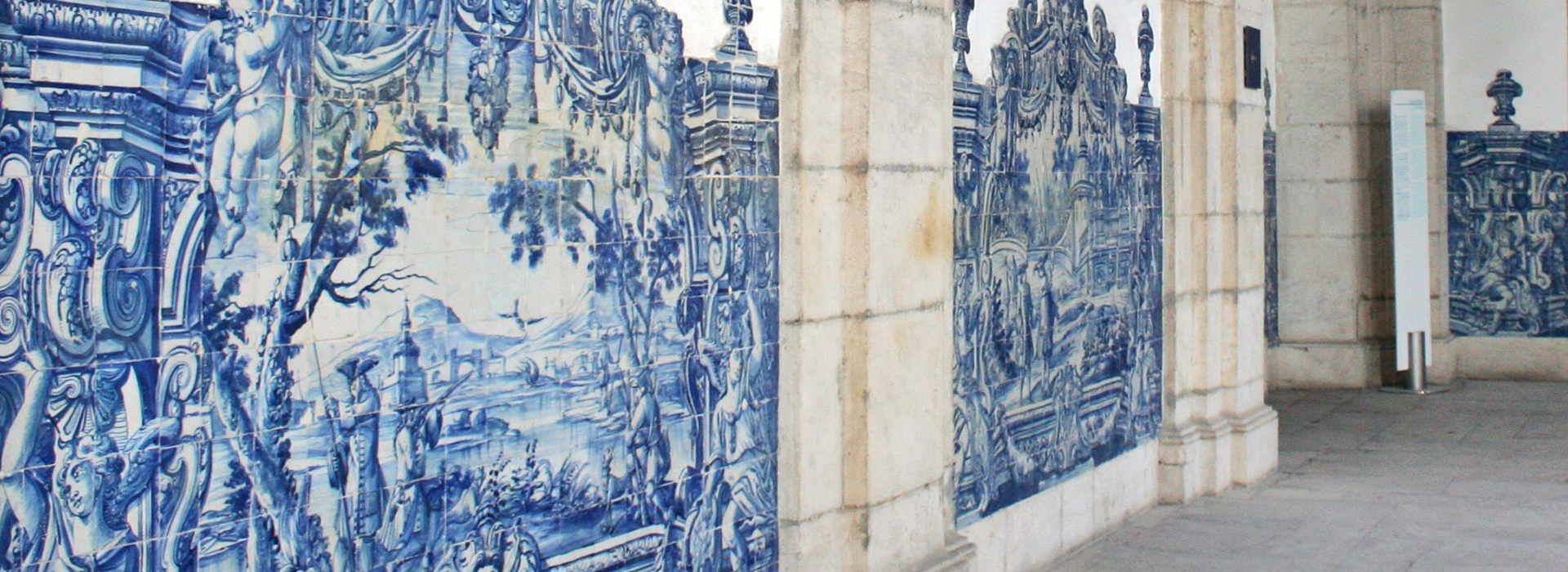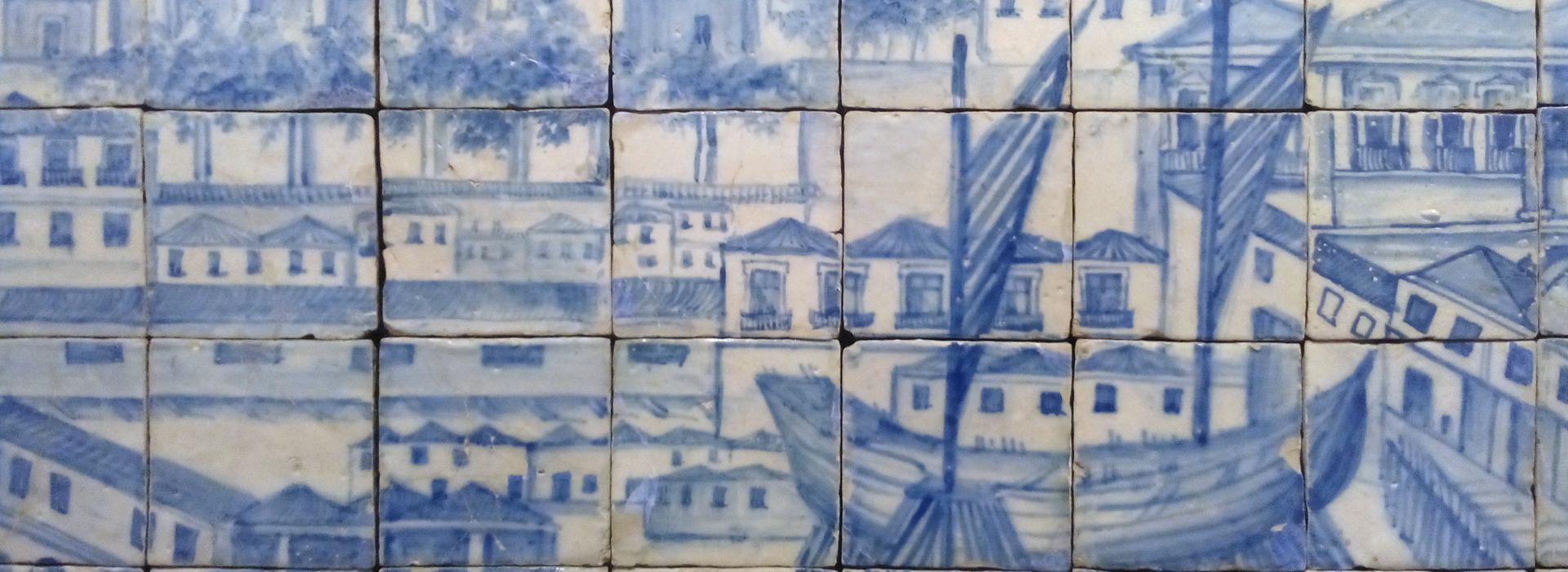
National Tile Museum (Museu Nacional do Azulejo)
The National Tile Museum (Museu Nacional do Azulejo) in Lisbon offers visitors a captivating journey through the artistic heritage of Portuguese tiles, known as azulejos. Located in the charming district of Xabregas, the museum is housed in the beautifully restored 16th-century Madre de Deus Convent, a historic architectural gem in its own right.The museum showcases an impressive collection of azulejos spanning several centuries, from the 15th century to contemporary works. Explore the rich history and evolution of this distinctive art form, including traditional blue-and-white patterns and vibrant modern designs. The collection highlights various styles and techniques, offering insight into the cultural significance of azulejos in Portugal's artistic and architectural heritage.
Besides the extensive tile collection, visitors can admire the stunning Baroque church of Madre de Deus incorporated within the museum. Don't miss the beautiful cloister adorned with exquisite tile panels depicting scenes from the life of St. Francis.
The National Tile Museum provides a unique and immersive experience for art enthusiasts and history lovers alike. It's a must-visit destination for anyone looking to explore Lisbon's cultural treasures and understand the timeless appeal of azulejos in Portuguese culture.
About
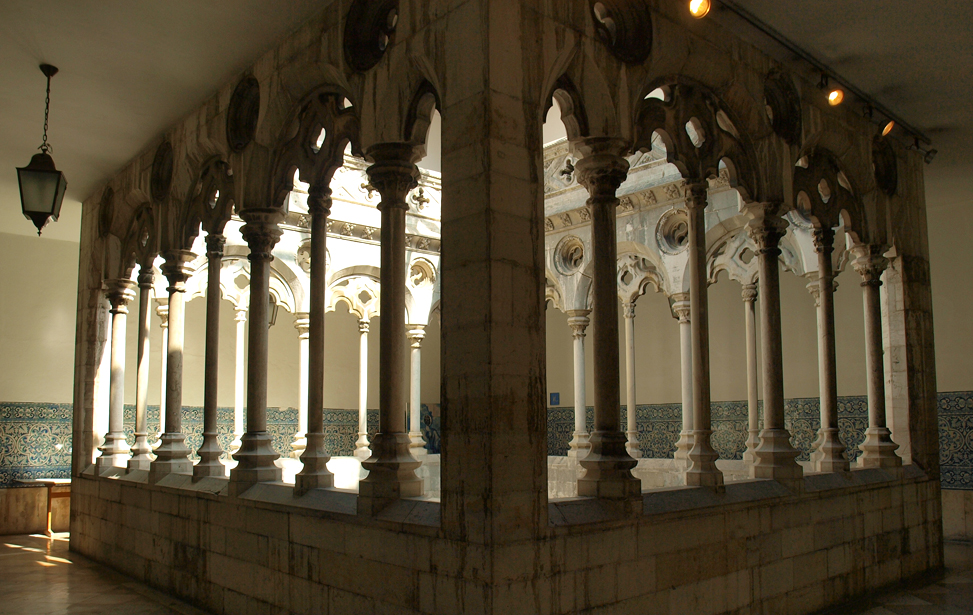
National Tile Museum (Museu Nacional do Azulejo)
Tuesday - Sunday 10h00 - 18h00, Monday CLOSED
Adult: €5.00, Concessionary: €2.50 Child: FREE.
National Tile Museum (Museu Nacional do Azulejo): Skip the line tickets

With this entrance ticket you can gain entry to the National Tile Museum (Museu Nacional do Azulejo) at your leisure. Book with confidence with FREE CANCELLATION Buy online before you arrive to avoid queues and have the convenience of the e-ticket on your phone…
• The price includes a single entrance to the venue. Tiqets covers the cost of payment processing and provides you with customer service seven days a week.
• Show your smartphone ticket at the turnstiles
• Admission to National Tile Museum

Getting to the Tile Museum
|
In front of the Museum: 718, 742, 794, 759 Avenida Infante D.Henrique (5 minute walk to the museum): 728, 759 | |
|
Santa Apolonia Station 20 m. walk), connection by bus 794 Trains of Portugal Website |
|
| Santa Apolonia Station, connection by bus 794 on Blue line. |
4 Rua da Madre de Deus, 1900-312, Lisbon, Portugal.
38° 43' 29.1"N | 09° 06' 52.0"W | +351 218 100 340
geral@mnazulejo.dgpc.pt | Website

National Tile Museum (Madre de Deus Convent)
History of Azulejo tiles
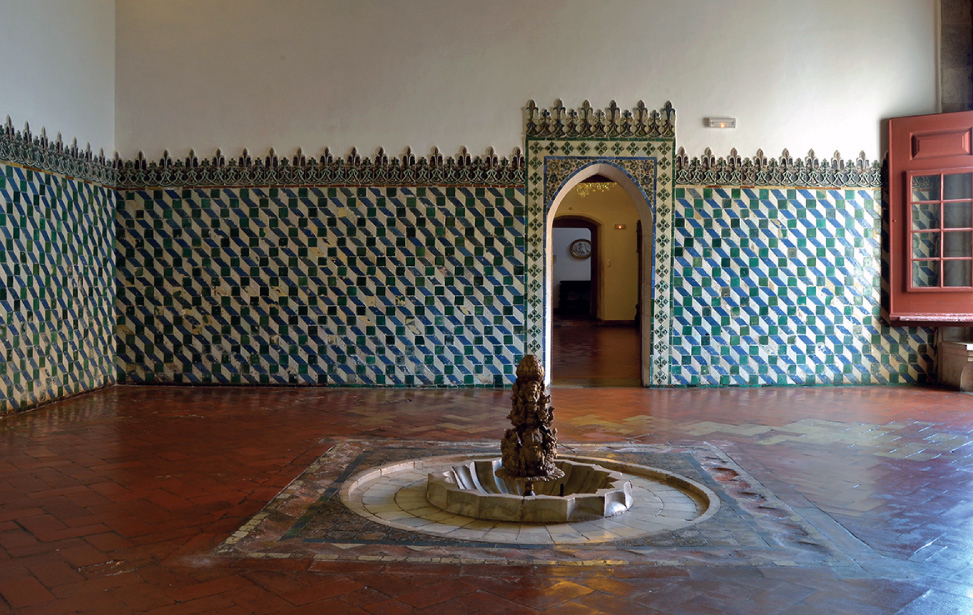
Arabic Room - National Palace, Sintra
Andalusia became a major centre for Azulejo tile production during the 14th Century and you can find fine examples of this simplest forms of ceramic art in the Alhambra of Granada. It wasn't until Portugal's King Manuel I brought the idea back from Seville that Portugal truly adopted the tradition. He applied tilling to the National Palace in Sintra during restoration work from 1497 to 1530. Over a period of time, the simple geometric shapes became more ornate. During the age of discovery, the designs of Azulejo tiles became picturesque depicting scenes or stories, quite often biblical in nature. The style of using a duotone of blue and white is thought to have been influenced by Chinese pottery. Other colours were used later, notably gold/yellows and greens.
However, Azulejos popularity eventually returned and ever since have been used adorning the interiors and exteriors of churches, monasteries, restaurants, bars, railway and metro stations, palaces, public spaces and ordinary homes. If one legacy inherited from the Moorish times continues it would be Portugal's "horror vacui", that is a fear of empty space.

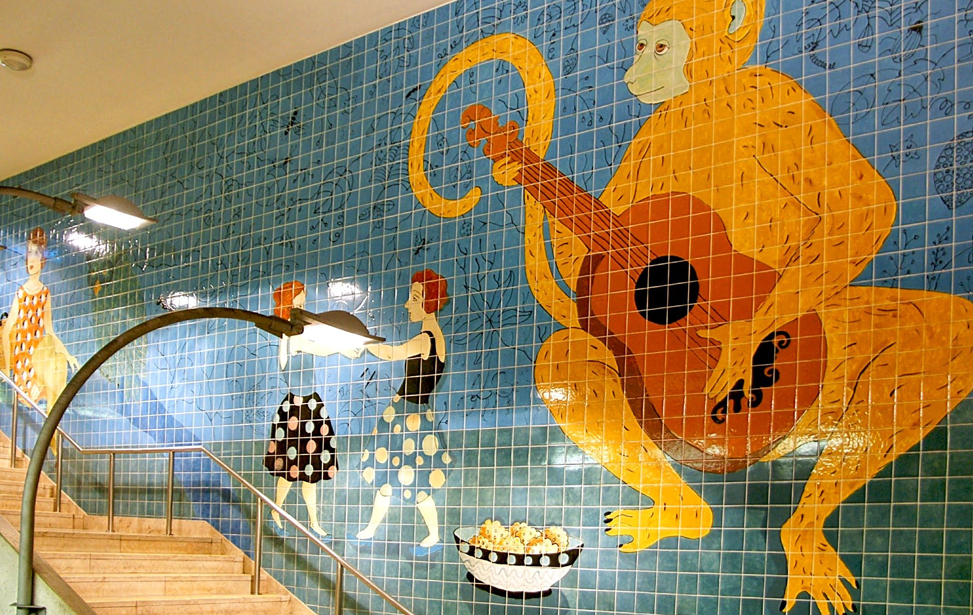
Contempory Tile Art - Lisbon Metro


 Lisbon Card Discounts
Lisbon Card Discounts




